Have you ever found yourself wondering, ‘Do life jackets really make you float?’ You’re not alone in this curiosity, as many people question the effectiveness of these seemingly simple devices.
Indeed, life jackets are specifically engineered to make you float. They provide buoyancy that aids the wearer in staying afloat in water. The buoyant force supplied by a life jacket surpasses the weight of the individual using it, thereby facilitating flotation. However, it’s important to acknowledge that a life jacket doesn’t necessarily ensure a person will maintain the correct orientation if they become unconscious.
In this article, we’ll dive into the principles of buoyancy and how they relate to life jackets, helping you understand exactly how they work to keep you afloat. We’ll also explore other important aspects related to life jackets such as their limitations, safety concerns, and even how long you might stay afloat while wearing one.
So let’s dive in and get informed about the science behind flotation and the role that life jackets play in keeping us safe!

How Does Buoyancy Relate to Life Jackets?
Flotation physics is based on Archimedes’ principle, which states that an object submerged in a fluid experiences an upward force equal to the weight of the fluid displaced by that object. In simpler terms, this means that when you wear a life jacket and enter the water, it helps displace enough water so that you float.
Life jackets are designed with materials that have low density and high volume, such as foam or air-filled chambers. These materials allow them to provide ample flotation without adding significant weight or bulk. As they create more volume and displace more water than your body alone would be able to do, they generate greater buoyant forces to counteract your body’s weight.
This balance between your body’s weight and the upward force from water displacement is what keeps you floating on the surface when wearing a life jacket. So yes, life jackets do make you float by taking advantage of these fundamental principles of buoyancy and flotation physics!
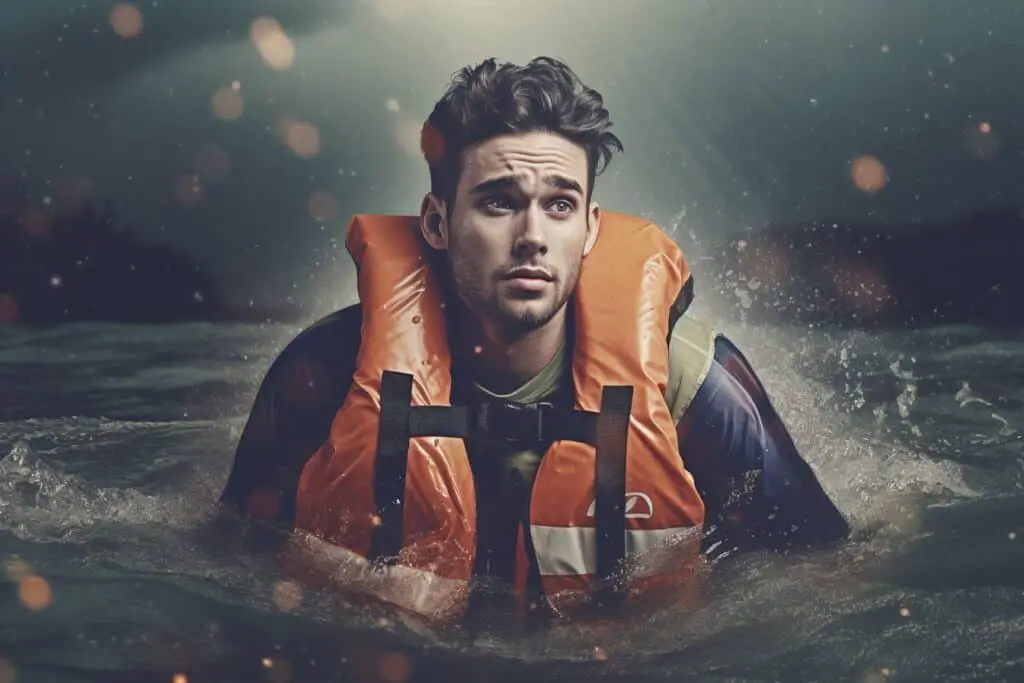
Can You Drown With a Life Jacket On?
While it’s true that wearing a life jacket significantly reduces the risk of drowning, it’s still possible to face danger in certain situations. Life vest effectiveness depends on factors such as proper fit, floating capabilities, and whether the wearer is conscious or unconscious.
Life jackets are specifically designed to help keep you afloat and maintain your head above water. However, if the life jacket is not worn correctly or is damaged, its ability to provide adequate flotation may be compromised.
It’s essential to remember that water safety equipment like life jackets should be treated as an aid rather than a guarantee of protection against drowning. Life jacket design plays a crucial role in providing support for different body types and swimming abilities, but it cannot prevent all accidents from occurring.
For example, strong currents or waves can still submerge a person wearing a life jacket temporarily or cause them to become disoriented underwater. Additionally, panic and exhaustion can lead individuals to struggle against their own flotation devices instead of relaxing and allowing the life jacket to do its job.
So while life jackets significantly increase your chances of staying safe in the water, always approach any aquatic activity with caution and respect for potential dangers.
How Long Can You Float in The Ocean?
The length of time you can float in the ocean depends on several factors, including your swimming skills, physical fitness, weather conditions, and most importantly, the type of flotation devices or lifesaving gear you have. A good floating mechanism like a high float PFD (personal flotation device) is essential for water survival situations. These devices are designed to provide buoyancy and keep your head above water for an extended period.
When equipped with proper water survival gear like a high float PFD, one can potentially stay afloat for hours or even days. Of course, this also depends on factors such as fatigue and exposure to elements like cold temperatures or rough seas.
It’s crucial to wear appropriate clothing and conserve energy while waiting for rescue. Remember that having adequate flotation devices is just part of staying safe in open waters; knowing how to use them effectively and maintaining calmness during emergencies are equally important aspects of water safety.
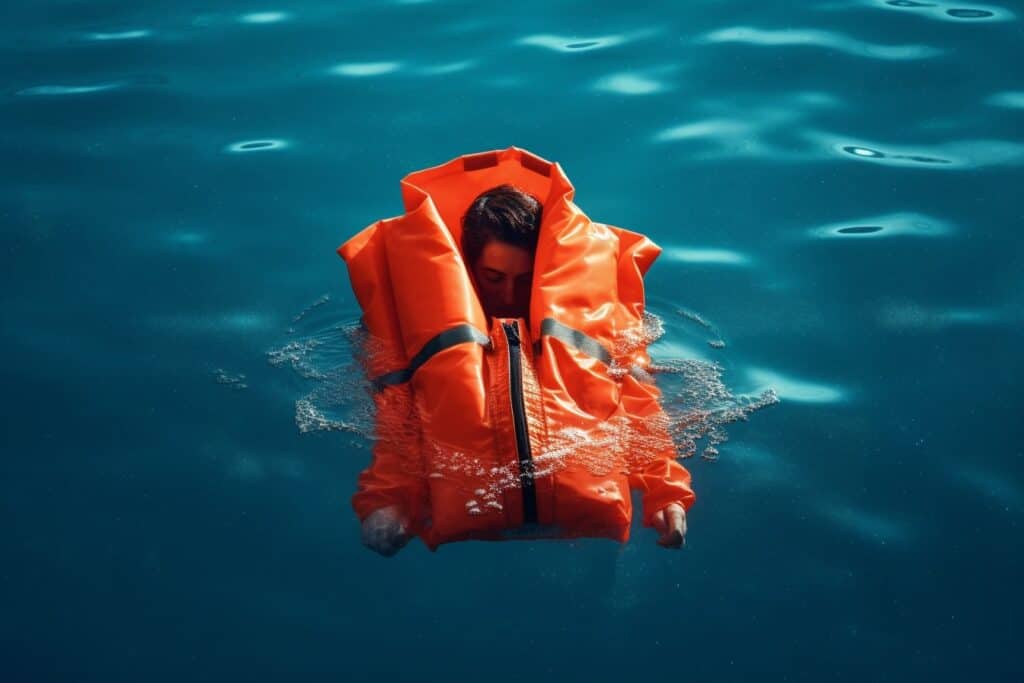
Do Life Jackets Lose Their Buoyancy?
While life jackets are designed to provide buoyancy and keep you afloat, they can indeed lose their buoyancy over time.
This is due to a variety of factors such as wear and tear, poor storage conditions, or damage from harsh elements. It’s important to regularly inspect your life jacket for any signs of wear or deterioration that could compromise its ability to keep you safe in the water. Additionally, make sure to follow water safety regulations and guidelines regarding the use of life jackets.
Keep your life jacket stored in a cool, dry place when not in use – avoid exposure to direct sunlight or extreme temperatures which could degrade the materials over time. Lastly, always follow manufacturer recommendations for care and replacement timelines. By taking these steps, you’ll be doing your part in ensuring that your life jacket remains an essential component of your water safety gear throughout its lifespan.
Can You Swim With a Life Jacket?
When you swim with a life jacket, the extra support helps maintain your body position and allows you to focus on your swimming technique without worrying about sinking or struggling to keep your head above water. Wearing a life jacket will change the way you swim compared to not wearing one.
You may need to adjust your technique slightly since the added buoyancy can affect your balance and movement in the water. Practice swimming with a life jacket on in shallow waters first before venturing into deeper areas or engaging in more challenging aquatic activities.
Always ensure that your life jacket fits properly and securely, allowing for full range of motion as well as optimal floating support for maximum safety and comfort while swimming.
How should I store my life jacket to keep it in good condition?
To ensure the longevity of your life jacket, it is crucial to prioritize storing your life jackets correctly. Remember to rinse it with freshwater after every use and allow it to completely dry before storing it in a well-ventilated area. Avoid direct exposure to sunlight or extreme temperatures, as they can degrade the fabric and straps. Additionally, check for any damage or wear before storing and make necessary repairs. Following these guidelines will help keep your life jacket in good condition, ensuring its effectiveness when needed.
Frequently Asked Questions
How do I properly choose the right size and fit for a life jacket?
To ensure maximum safety and comfort when choosing the right size and fit for a life jacket, start by measuring your chest circumference at its widest point, as this is the primary measurement used in sizing.
Next, consult the manufacturer’s sizing chart to find the appropriate size based on your measurements.
When trying on a life jacket, fasten all straps and buckles, then tighten them until the jacket fits snugly but comfortably.
Test the fit by raising your arms above your head and having someone gently pull up on the shoulders of the jacket – if it moves more than an inch or so upwards or feels too tight, consider adjusting or trying another size.
Remember that different brands may have slight variations in their sizing, so it’s important to always try on a life jacket before purchasing.
How should I maintain and store my life jacket to prolong its lifespan and effectiveness?
To maintain and prolong the lifespan and effectiveness of your life jacket, it’s essential to properly clean, dry, and store it.
After each use, rinse it with fresh water to remove any salt, dirt, or debris, then allow it to air dry completely in a well-ventilated area away from direct sunlight.
Inspect your life jacket regularly for any signs of wear and tear such as fraying straps or punctures in the material; if you notice any damage, replace the jacket immediately.
When storing your life jacket, avoid folding or compressing it as this can cause permanent creases that may compromise its buoyancy; instead, loosely stack them flat or hang them on wide hangers in a cool, dry place away from direct heat sources like radiators.
By following these simple steps, you’ll ensure your life jacket remains reliable when you need it most.
Can life jackets be used for children, pets, and individuals with physical disabilities?
Yes, life jackets can be used for children, pets, and individuals with physical disabilities, but there are special considerations to keep in mind.
For children, ensure you choose a life jacket that’s specifically designed for their weight range and has a head support and crotch strap for added security.
Pet life jackets should offer ample buoyancy and have sturdy handles to help you lift your pet out of the water if needed.
For individuals with physical disabilities, look for adaptable life jackets that accommodate specific needs such as extra support or customized fitting options.
Always consult with a professional or manufacturer when selecting specialized life jackets to guarantee safety and reliability.


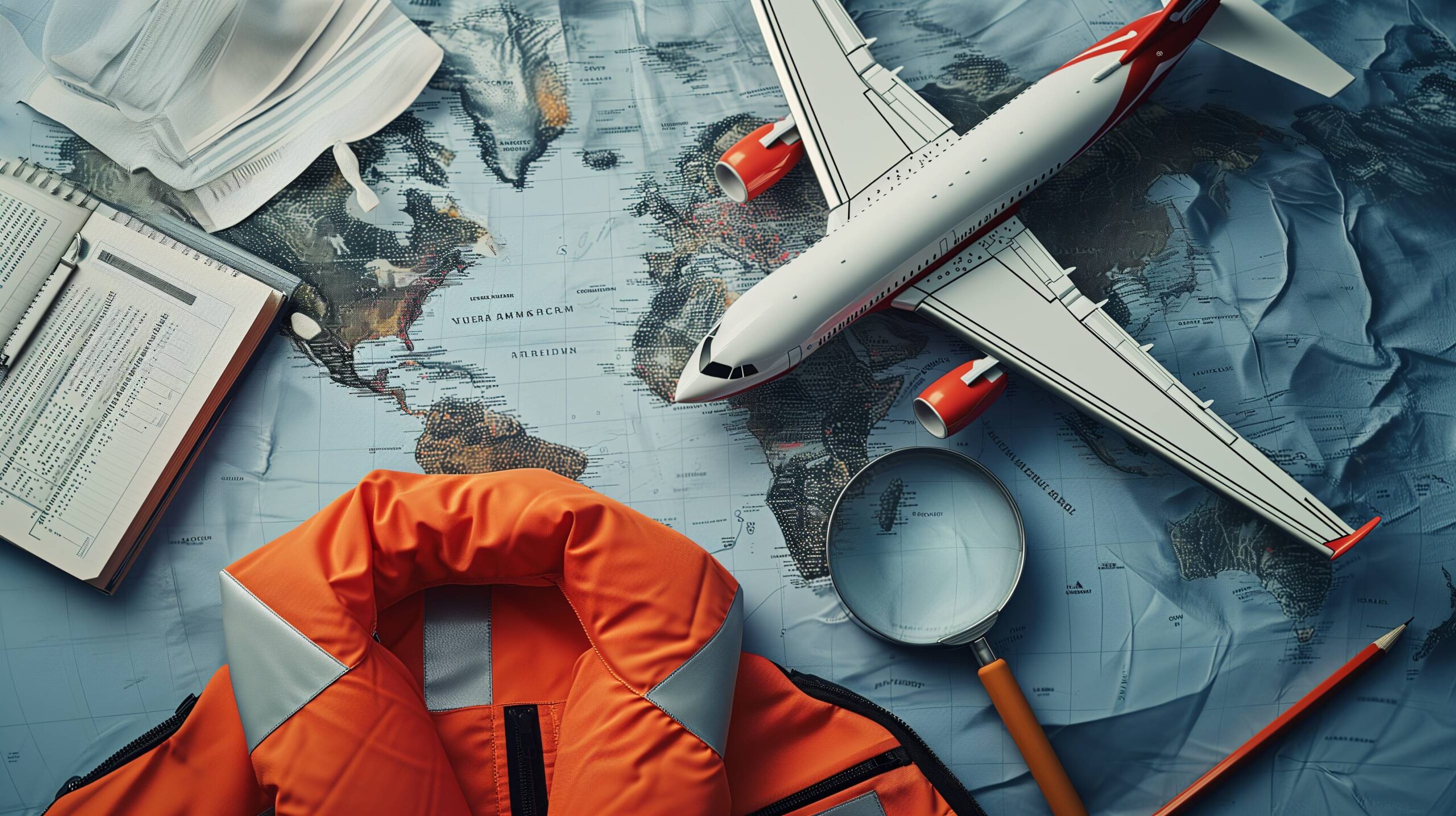
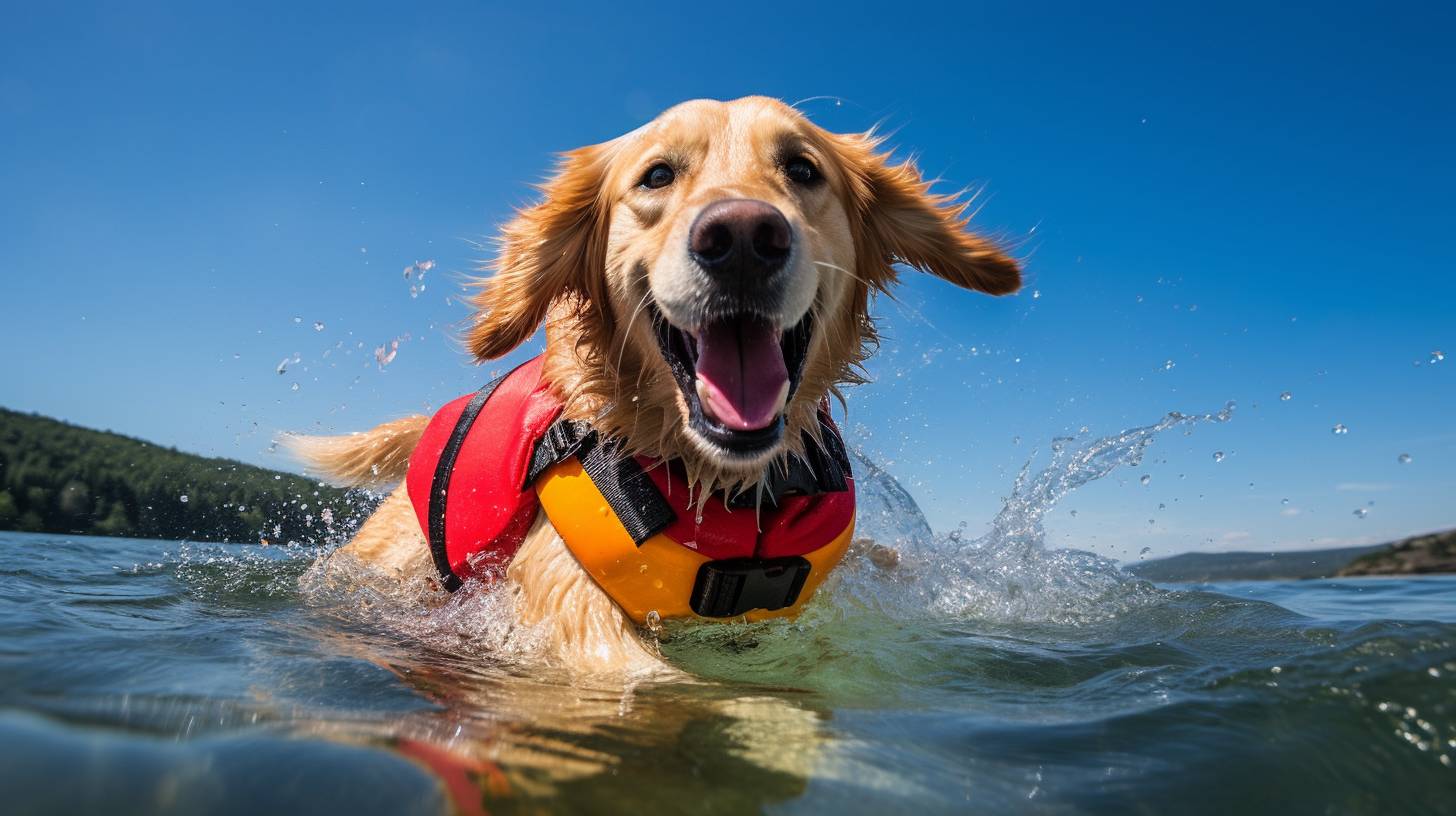
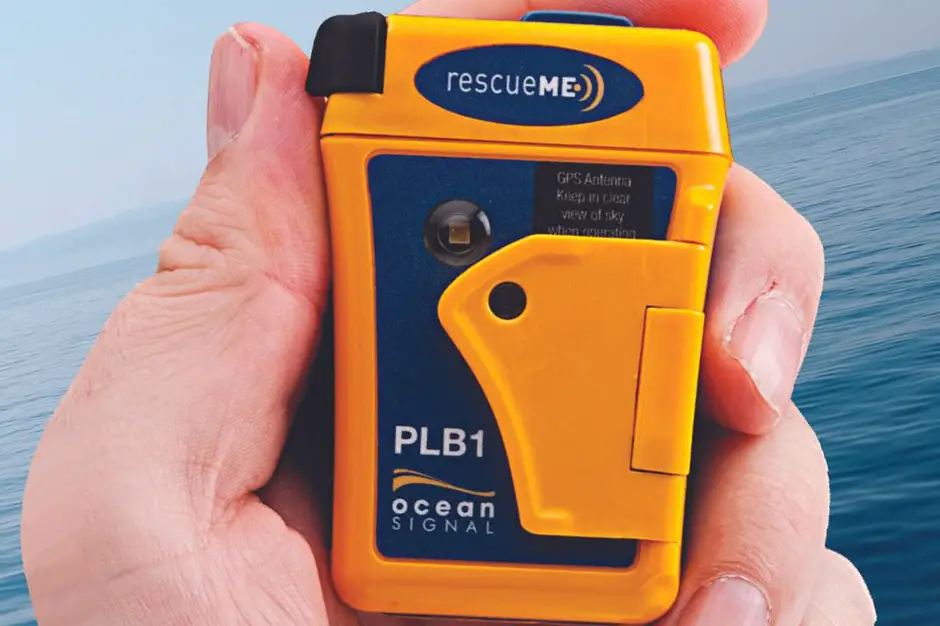

Leave a Reply